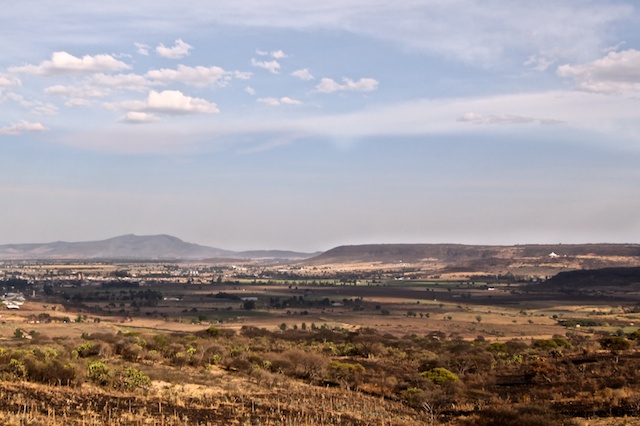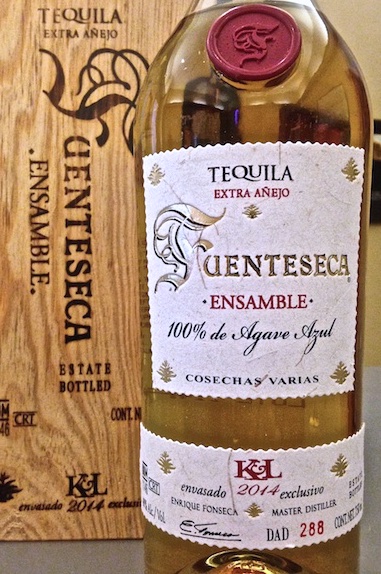A Category Redefined

Part of the reason I'm rather obsessed with the film No Country For Old Men has to do with the rugged beauty of the landscape. The way the Coen brothers capture the atmosphere of the Texas/Mexican border reminds me of memories both from dreams and real experiences. I never get tired of watching that movie because I never get tired of looking at that terrain. There's a feeling that gets into your blood when something truly speaks to you. You know you truly love something when you choose to spend your free time researching and learning more about it. That's Mexico for me—all of it. The people, the places, the language, the food, and the drinking culture. I love being there, soaking it all in, speaking Spanish and learning new slang. The valley of Atotonlico in Jalisco reminds me quite a bit of the scene in the aforementioned film where Josh Brolin looks down on a group of abandoned trucks and ultimately finds trouble. I found trouble myself in Atotonlico. I found myself looking at a treasure trove of the oldest Tequilas ever made wondering how I could do them justice.

In the warehouses behind Enrique Fonseca's private estate are stacks of barrels as far as the eye can see, full of aging tequila from Enrique's distillery in the town of Tequila, about three hours to the west. Enrique is more than just a distiller, however. He's a fifth-generation grower and landowner whose family was once one of the most prominent in the region. As many of you probably know, aged Tequilas like reposados are generally six months old, while the añejos clock in at the one year mark. Recently a category was created for Tequilas aged three years or longer in wood called extra añejo—a description for really old Tequilas. So what term should we use to describe Enrique's collection of eight to ten year old Tequilas? What about his fifteen to twenty year old Tequilas? Or maybe his twenty-five-plus year old barrels? Extra, extra, extra, extra? I'm not sure.

Much like French brandy producers, Enrique moves his Tequilas into different sizes of barrel over the course of their maturation to prevent the oak from completely taking over. Part of the reason Tequila isn't often aged longer than a year in barrel is because the oak can become too pronounced, diminishing the essential flavor of the agave and transforming the spirit into something more like Bourbon. Enrique's Tequilas are more like a fine Armagnac—spicy and rich, but with clear and vibrant flavors from the inherent material. The distillate often begins its life in a huge wooden foudre before being transferred into ex-Bourbon casks later on down the line.

But again, Enrique can afford to sit on his Tequilas, watching them mature slowly and steadily over time, because Tequila isn't his main source of income. It's one of many projects in Jalisco that he oversees. There's no rush here. He's not in a hurry to recoup his expenses. It's simply a labor of love; one that he believes will establish a new precedence for mature Tequila and ultimately redefine the category. We've put together two different mature blends of Enrique's ultra-aged expressions over the years, none more popular than the 2014 Edition of Fuenteseca: a marriage of four, seven, and eight year old Tequilas that is deceptively rich and dynamically spicy on the palate. We've been sold out for the last few months, but our final reinforcements have arrived. When you compare this Tequila to comparably-priced alternatives, there's really no competition. There's no caramel coloring in this Tequila. There are no sweeteners like glycerol to add texture or weight. The complexity is unrivaled. The level of maturation is......well.....beyond.
Fuenteseca Ensamble "2014 Edition" K&L Exclusive Extra Añejo $99.99
-David Driscoll
